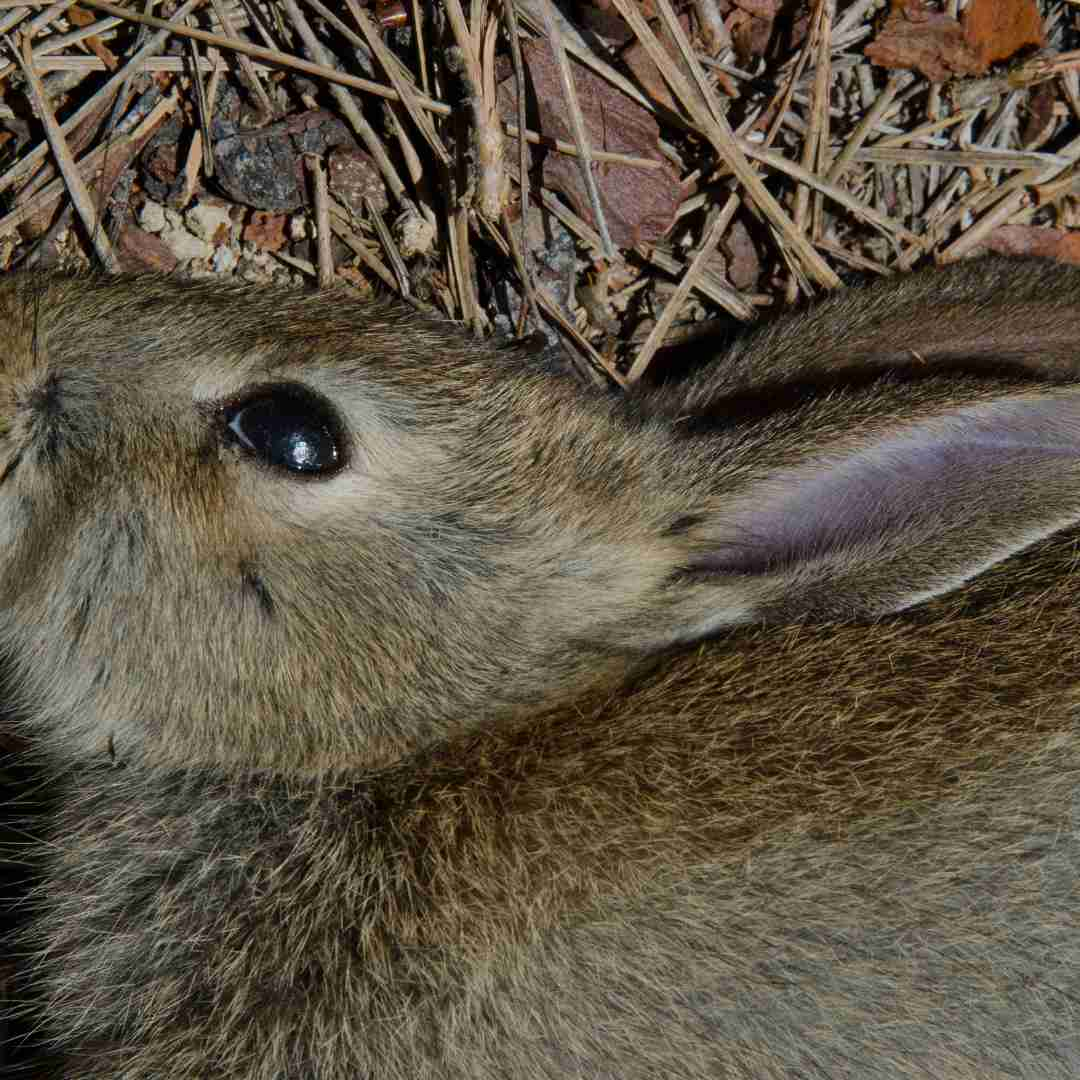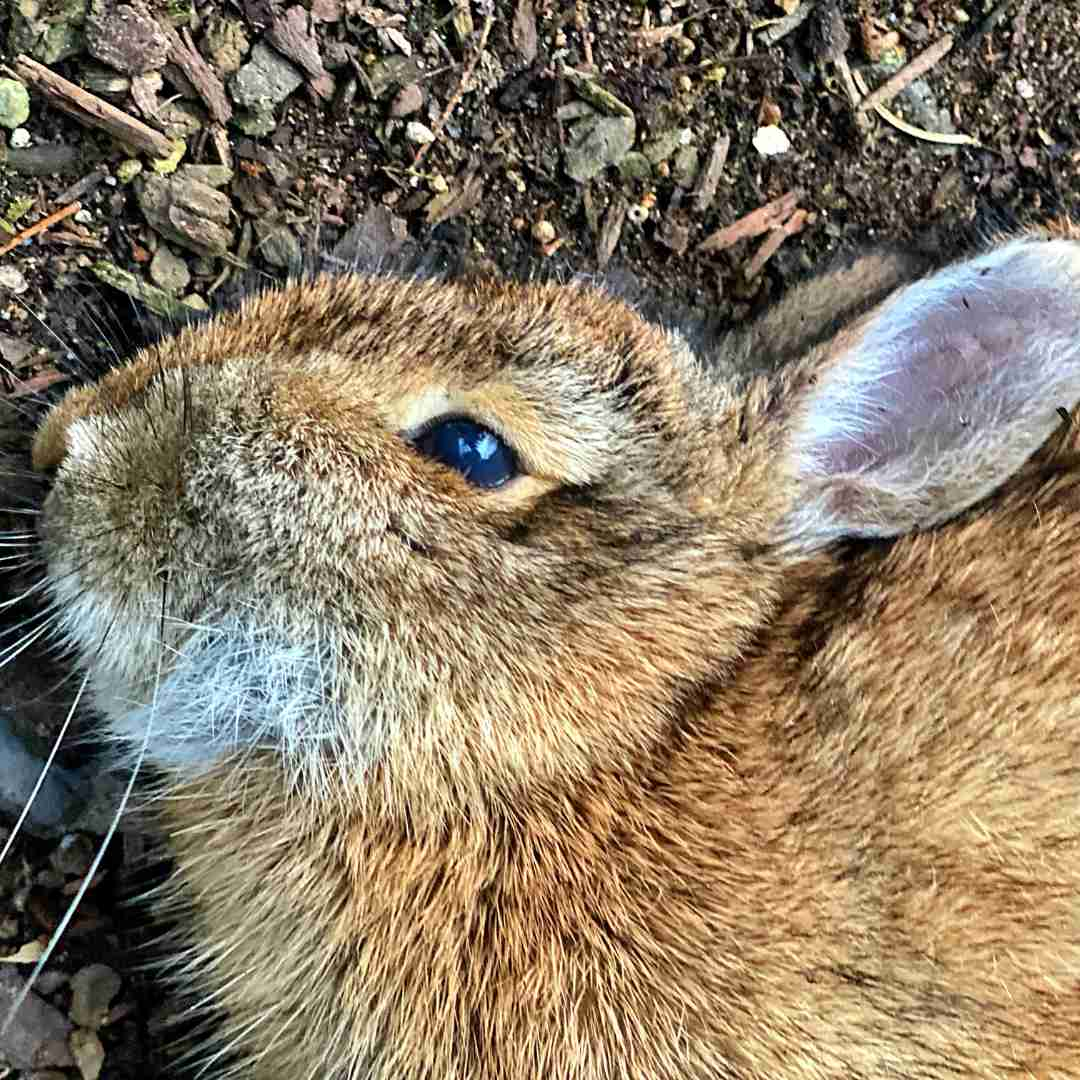Looking for Rabbit Death Signs
Death of loving creatures like rabbits is painful. Knowing rabbit death signals will help you prepare for the inevitable and give your pet the greatest care.
A decline in rabbit hunger is the first indicator of mortality. Stopping eating or drinking indicates a rabbit's decline. You may also notice your rabbit napping more. This indicates body shutdown.
Mobility loss is another indicator of rabbit death. If your rabbit has trouble moving, their health is failing. You may also notice your rabbit grooming less. This indicates that their body cannot handle grooming.
Finally, your rabbit may have trouble breathing. This indicates that their body cannot absorb enough oxygen. If you observe any of these symptoms, take your rabbit to the vet immediately.
It's vital to remember that rabbits die naturally. If you see any of the following indicators, give your rabbit the greatest care. You may help your rabbit die peacefully with adequate care.
How to Tell If Your Rabbit Died
It can be hard to know if your rabbit has died. Know the signs of death to find out whether your rabbit died and get closure.
Lack of movement is the first symptom of rabbit death. If your rabbit is still, it may be dead. Watch for breathing signals like the chest rising and falling. Rabbits die if they don't move or breathe.
Lack of responsiveness is another rabbit death indicator. If your rabbit does not respond to touch, it may have died. Look for life signals like blinking or twitching eyes and ears. Without a response, your rabbit is likely dead.
Finally, look for rigour mortis. The body stiffens after death. If your rabbit is stiff and rigid, it may be dead.
If you're not sure if your rabbit died, ask your vet. They can assist you establish if your rabbit died and provide you closure.
When You Think Your Rabbit Is Dead
If you suspect your rabbit has died, confirm it and care for its body.
First, search for life. Put your palm on the rabbit's chest to feel its heartbeat. Place your palm near the rabbit's nose and mouth to check for breathing if you don't detect a heartbeat. In the absence of breathing, the rabbit is likely dead.
After confirming death, handle the body carefully. If possible, keep the rabbit cool, dry, and out of the sun. If the body is immobile, cover it with a light towel.
A necropsy at a vet may be appropriate if the body is moveable. This will assist you establish death reason and bring closure.
Finally, mourn your pet. Allow yourself to grieve and get help from family and friends.
Follow these measures to give your rabbit a dignified death.
To properly dispose of a dead rabbit
Respectfully disposing of a deceased rabbit is crucial. Remember that rabbits were once alive and should be handled with respect.
Death causes must be determined first. If the rabbit dies from a contagious disease, handle the body carefully. Avoid germs by using gloves and a mask.
After finding the cause of death, select how to dispose of the body. The most popular disposal option is burial. Dig a two-foot hole to bury the rabbit. Put the body in the hole and cover with earth. If you can't bury the rabbit, wrap it in a cloth and put it in a sealed container before throwing it away.
Finally, dispose of a deceased rabbit with care. Before disposing of the rabbit's body, say a few words or pray. This will honour the rabbit and give its carers closure.
Identifying Dying Rabbit Symptoms
Every rabbit owner should know the signs of a dying rabbit. Knowing when to take a pet to the vet can help extend its life. Some of the signs of a dying rabbit may be identical to those of a healthy rabbit, so be alert of any changes in behaviour or health.
Dying rabbits lose appetite first. Fresh vegetables and hay are typical diets for healthy rabbits. Something is wrong if a rabbit stops eating. Decreased water intake and activity are some indications of appetite loss.
A dying rabbit tends to groom less. Healthy rabbits brush themselves regularly, but if they stop, something is wrong. Decreased grooming can reduce activity and hunger.
An energy drop is a third sign of death in rabbits. Healthy rabbits are lively and playful, whereas lethargic rabbits are unhealthy. Decreased energy might cause decreased eating and grooming.
A dying rabbit's body temperature drops as a fourth sign. At 101 degrees Fahrenheit, a healthy rabbit is healthy. If a rabbit's body temperature drops below this, something is amiss. A drop in body temperature can lower hunger, grooming, and energy.
If your rabbit has any of these signs, take it to the vet. A cherished pet can live longer with early diagnosis and treatment.
